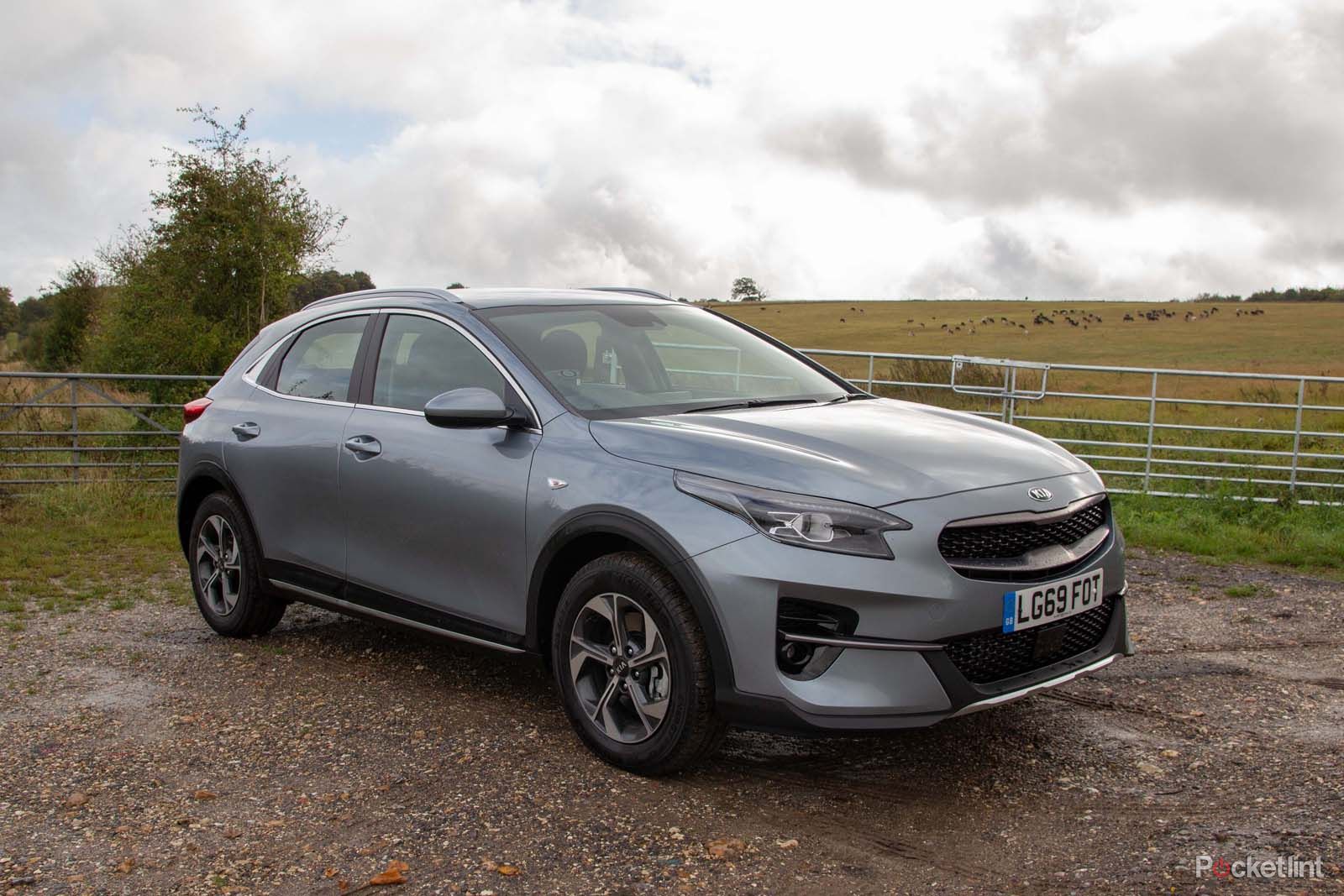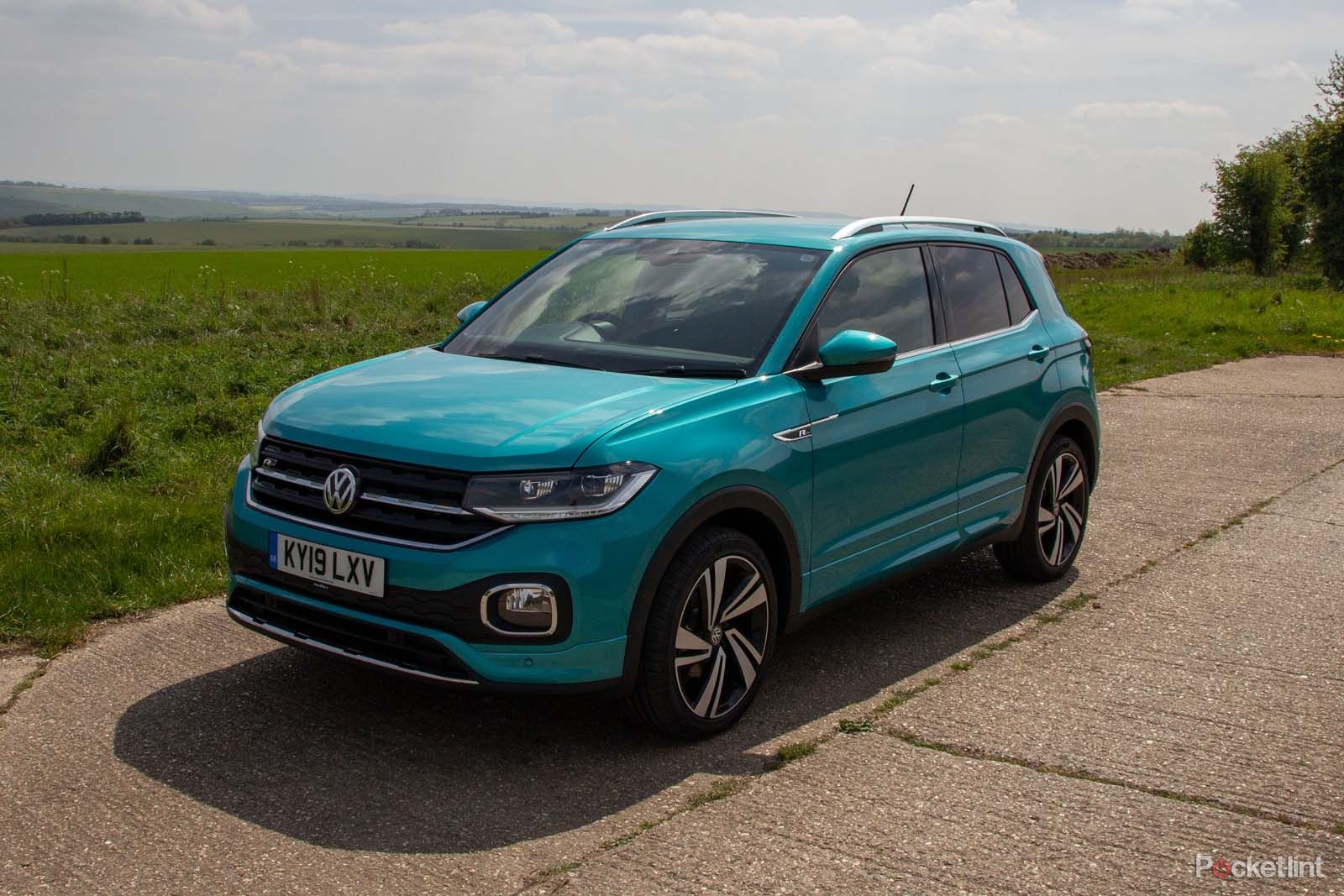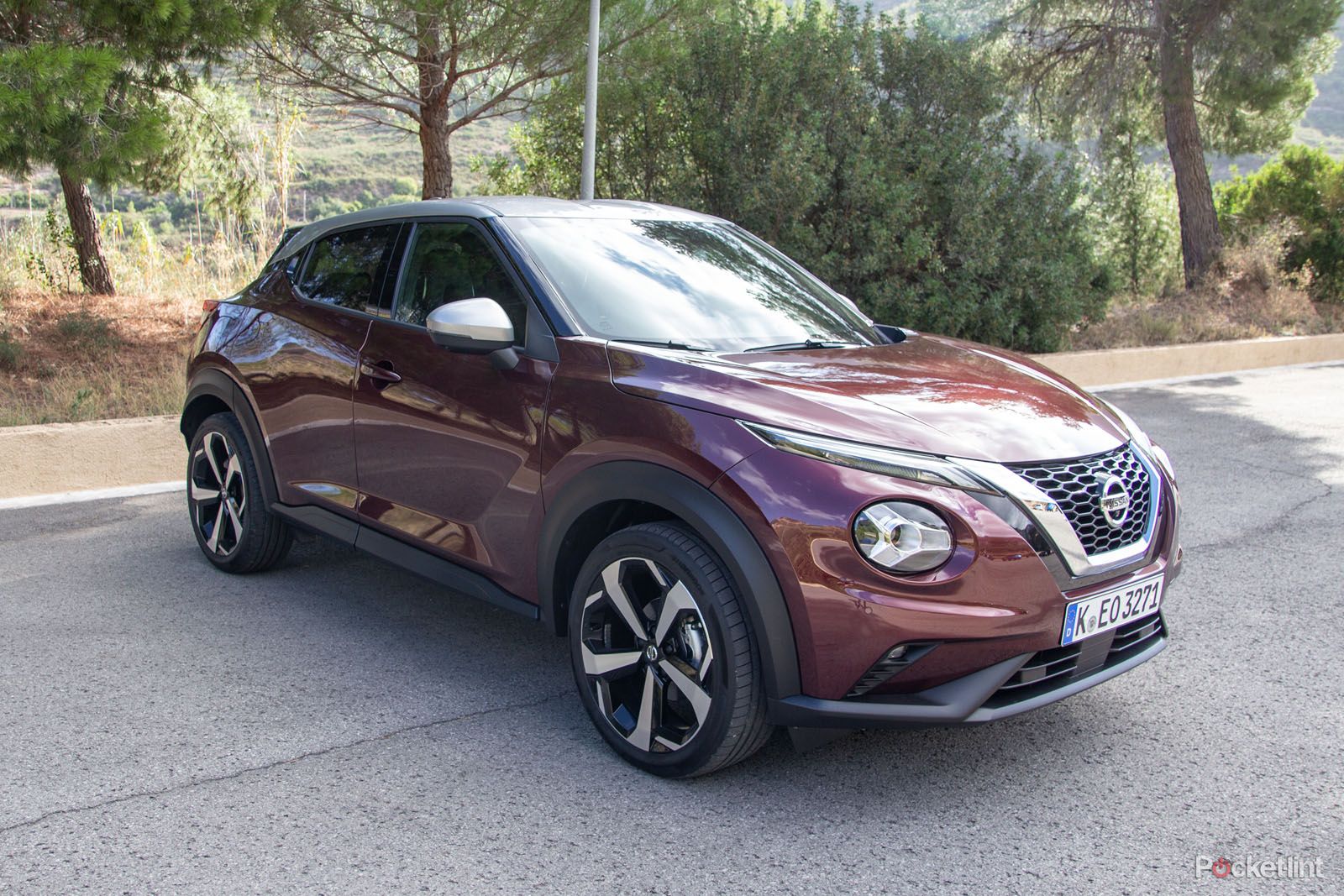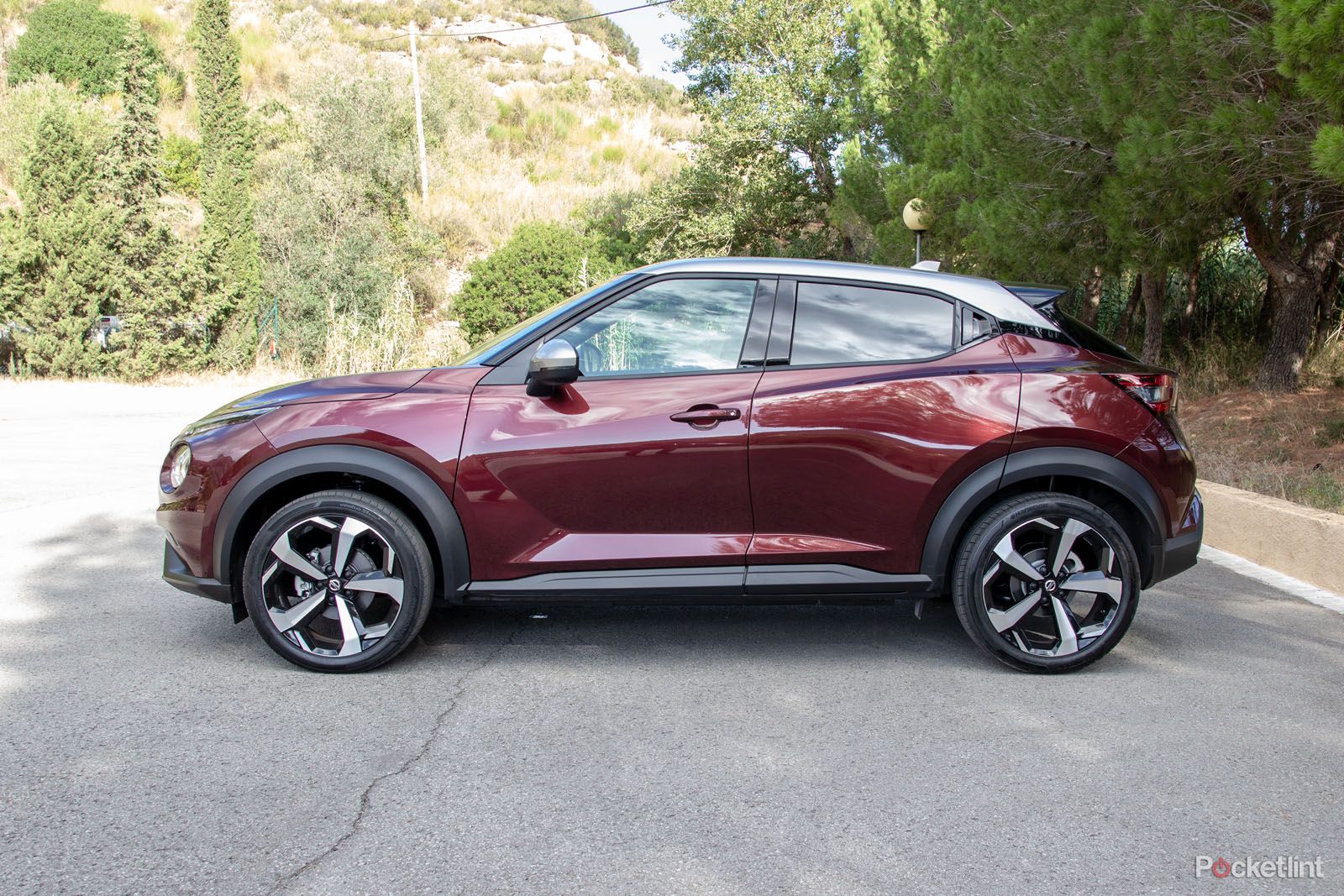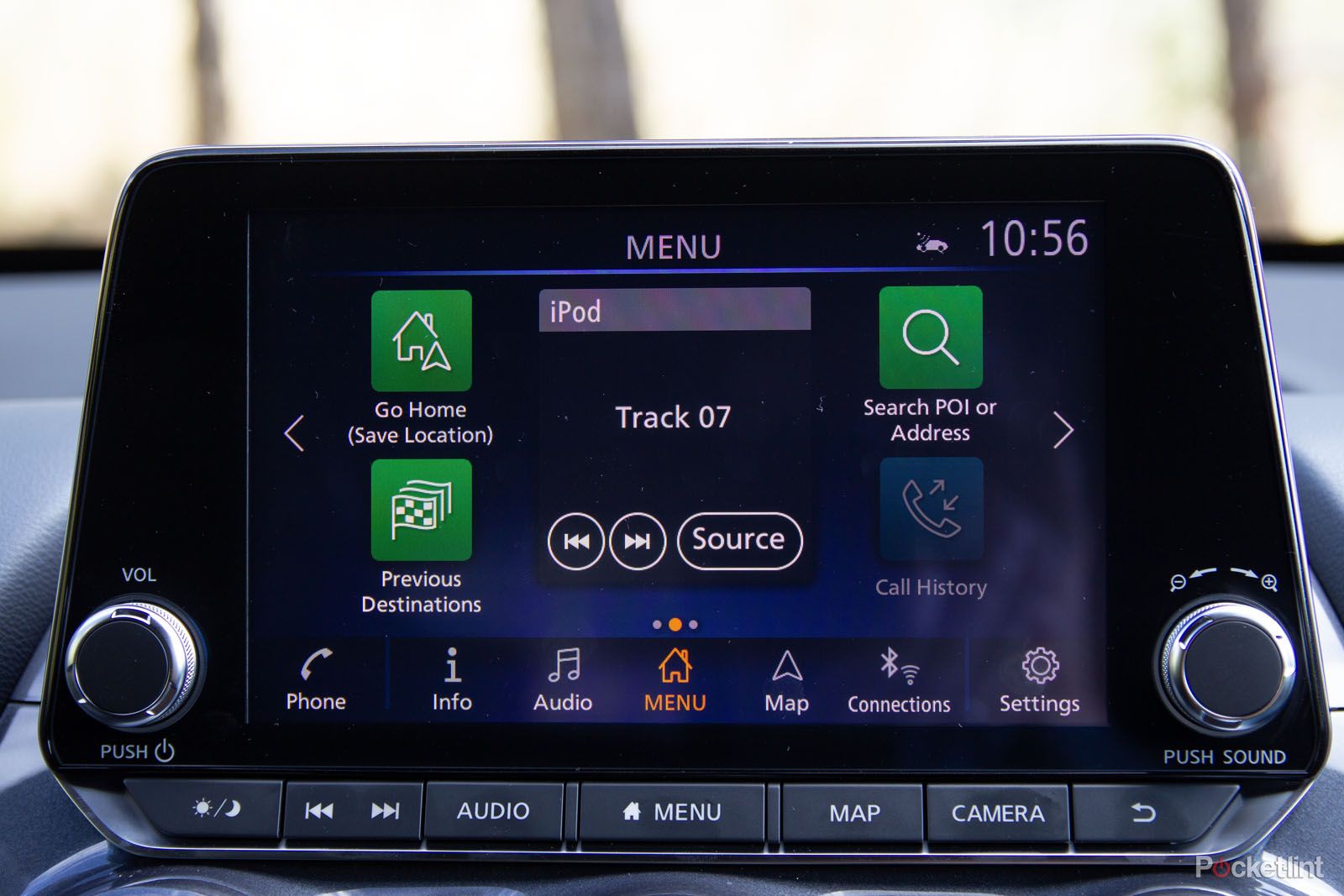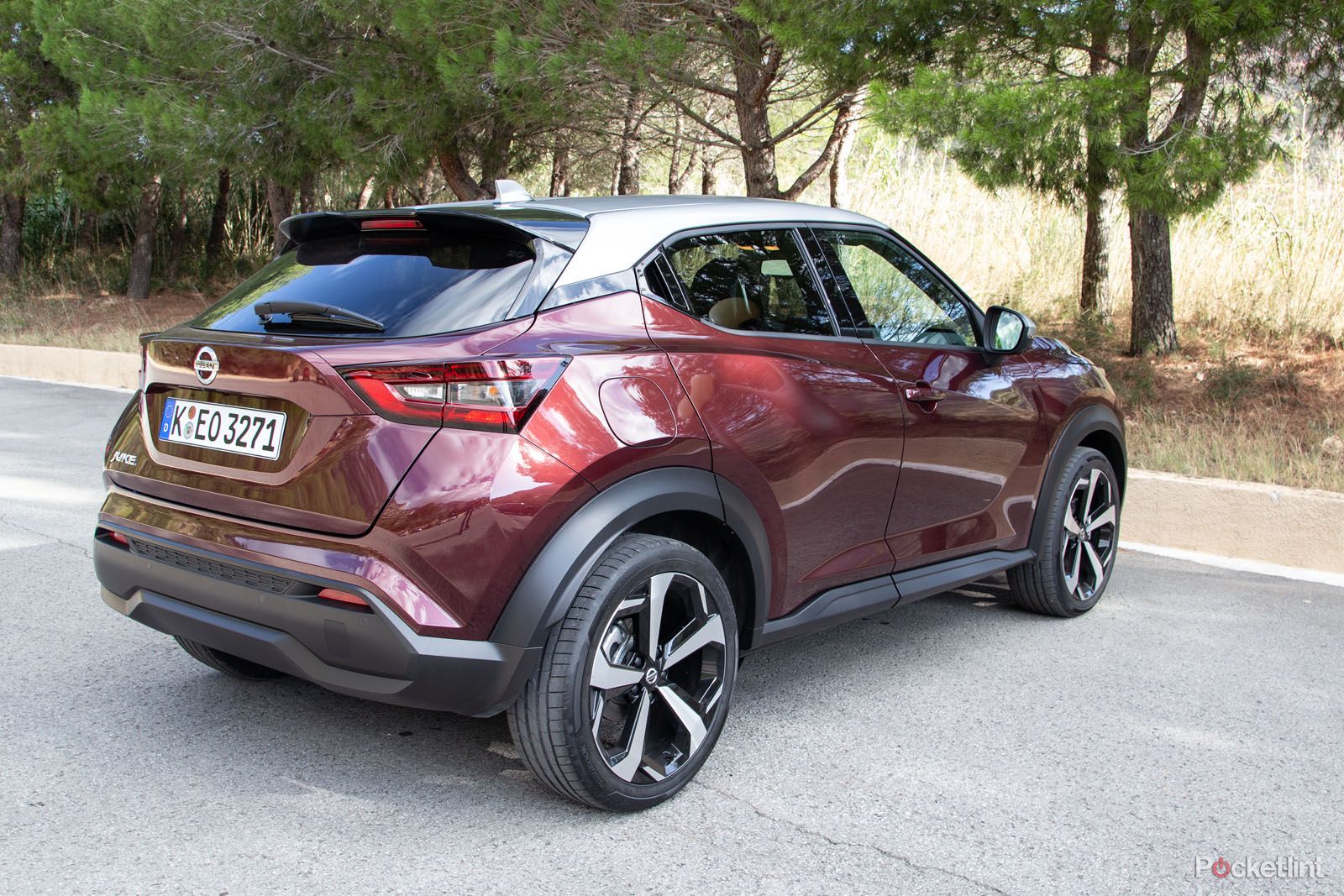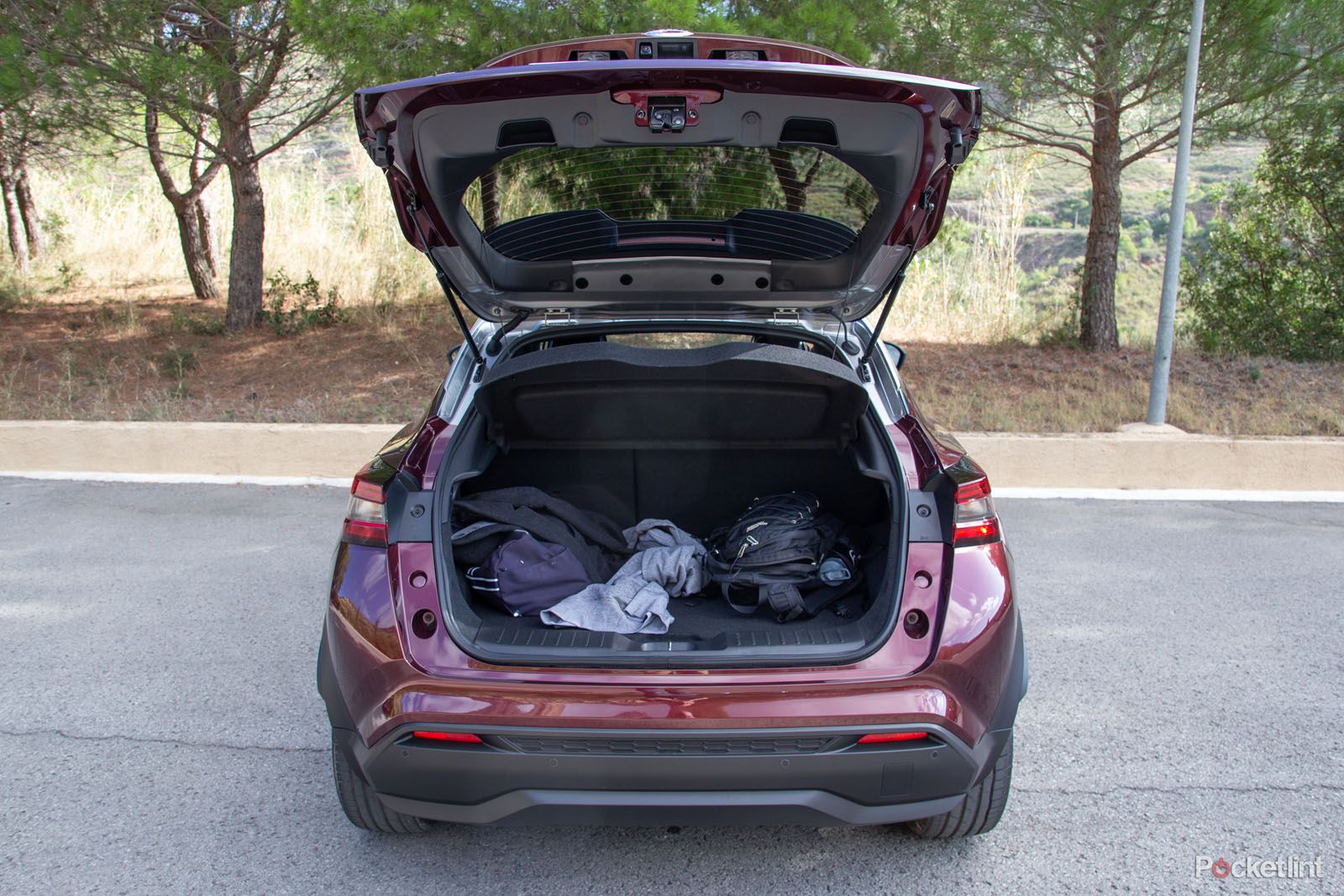The Nissan Juke is credited with having created the crossover segment. When the first version of this car rolled out in 2010, it immediately divided opinion, with its big round headlights and bonnet protrusions - not to mention the fact that it was neither a hatchback nor an SUV.
But the Juke proved popular - a million and a half sold globally - with the UK taking a big chunk of those. Combining not only that funky design, but the elevated driving position and mini-SUV looks, the Juke certainly captured the spirit of the times as buyers started to move towards bigger cars with bolder designs.
Our quick take
The new Nissan Juke makes a lot of sense in a lot of places. From a sensible engine to the connectivity craved by drivers, through to removing pain points from the previous car. And all with an asking price that doesn't run into the ridiculous.
The new Nissan Juke is undoubtedly a better car, but what has the cost been? The old Juke was an oddball; it was distinctive and it was unique. The new Juke is now a more sensible and conservative crossover in a market that's also a lot more competitive - not just from rivals like Kia, but with some excellent models from the likes of VW too.
The Nissan Juke started it all and should certainly be on your list of compact SUVs to check out, but there are now a lot more to choose from.
Alternatives to consider
Kia XCeed
The XCeed joins a growing list of compact crossovers from Kia, with the Stonic sitting in a similar position. The XCeed offers a bigger engine and Kia has confirmed the hybrid is coming, while also offering a lot for your money. It's not as pretty as the Juke though.
VW T-Cross
The VW T-Cross is one of our favourite crossovers, giving those baby SUV looks with refinement and the obvious experience that VW brings. Great looking and well put together, it doesn't offer much more in the way of engine choices than the Juke.
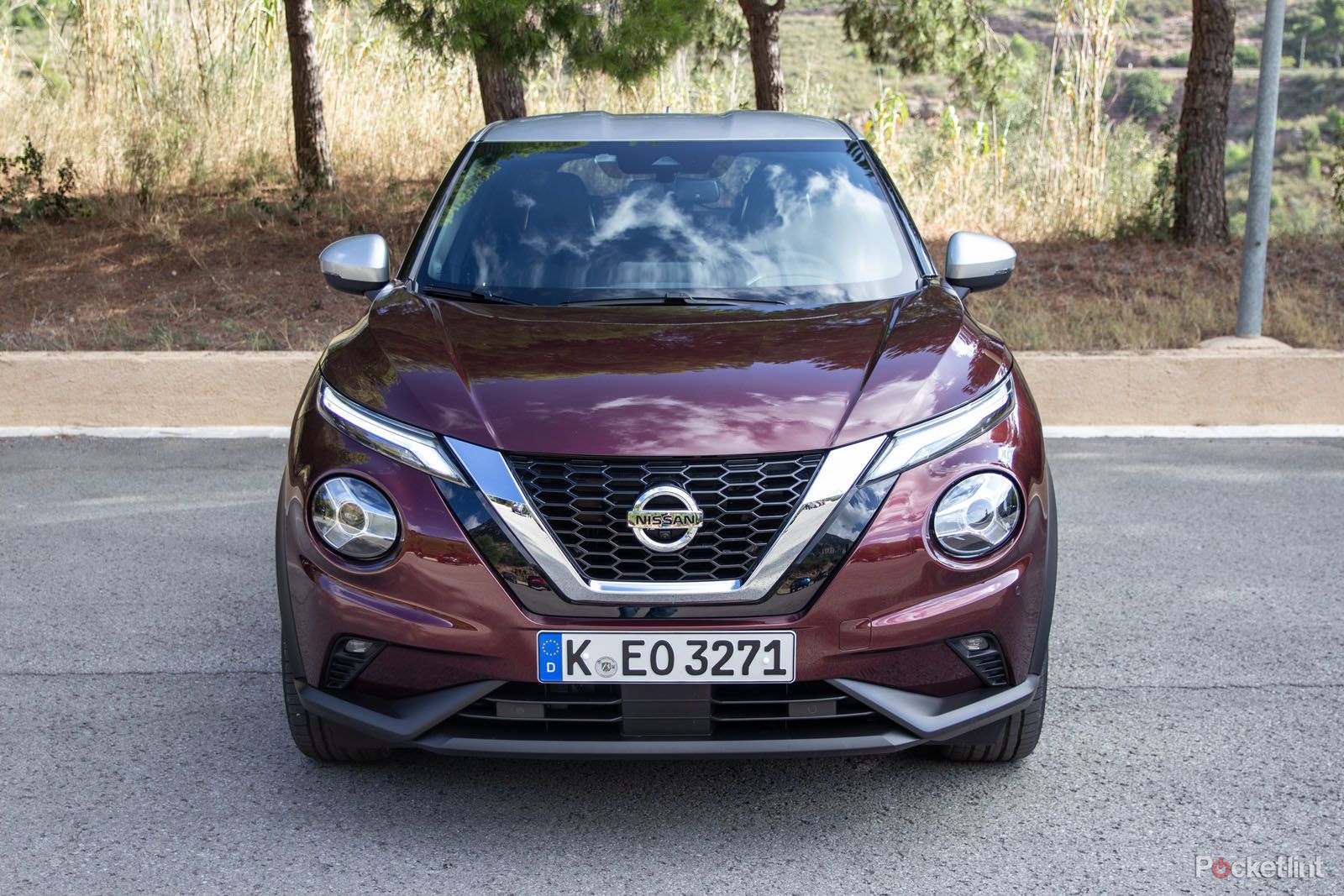
Nissan Juke (2019) - 4.0 / 5
| FOR | AGAINST |
|---|---|
|
|
Juke hallmarks in a different design
What's perhaps most surprising about the new Juke is that Nissan has ironed out those bonnet highpoints - which housed some of the lights on the previous version - and has really made the new car stand-out. While the bumper still has some prominent round(ish) headlights, the nose and bonnet of this car look quite different.
In many ways it's more 'normal'; a softening of a design that was once unique. Is this Nissan trying to attract more buyers in an increasingly competitive segment, or is it a little less adventurous? Has this car grown up, or has it got a little boring?
The answer will very much depend on your taste, but we still think that this is a sporty and athletic design. It's more conventional this time around and we suspect that will attract buyers to it, especially as Nissan is good at offering low-spec cars at the right price.
The trim comes in as Visia, Acenta, N-Connecta, Tekna and Tekna+ offerings. Unlike rivals Kia and Hyundai, which offer fewer trims, down at the Nissan's Visia level you can get a Juke for £17,395. There's only one engine option, too, with few other options available, meaning steel wheels and no display - but it does get you a car.
Things get more attractive as you step up the trim levels. Once you get to the top level, Tekna+, you get a range of customisation options too - including some two-tone paint options as well as colour interior highlights. There are some limitations in the pairings, but there's plenty to play around with when it comes to speccing your car - and those customisations do make the Juke a little more interesting.
Compact but spacious enough
That you can customise some of the interior does add further appeal, with some striking orange or white options that will really lift the mostly dark interior. It's a mixture of hard- and soft-touch plastics, but with just about enough leather covering in places to impart the impression of quality.
There's a sense of fun to the interior too, with rounded air vents forming a central cluster. It looks more premium than the Juke has in previous guises, with the switchgear higher quality than before.
We were in the Tekna+ trim for our test drives of both the automatic and manual versions, so it's definitely worth checking if you're planning buying lower down the scale, to see exactly what you get.
One of the aims of the redesign was to increase the space - and while the front has always been comfortable enough, the rear was a little cramped with that dropping roofline. A 6ft passenger will have enough headroom in the back seats, although carrying five adults will likely be a squeeze.
The boot opening has also been made larger, so access is a little easier, although you're only really looking at the same sort of capacity that you'd get in a typical hatchback. The Juke might ride high, but it's not huge inside.
What's really going on, however, is the interplay with technology. The display is lifted to the top of the dash, offering touch and some button controls, and Nissan continues to offer a lot of connectivity in its cars.
That includes the seats. The Nissan Juke will offer you Bose Personal Plus, an innovative sound system that builds speakers into the headrests of the seats in addition to those around the cabin. This system was first introduced in the new Nissan Micra in 2017, with the aim of boosting the audio performance in small car spaces.
Those seats themselves are perfectly comfortable and the sound system does sound really good, with the option to shift the soundstage from narrow to wide, making for a much more immersive listening experience.
Tech galore
Nissan knows that tech is now selling cars. While the Visia trim misses out on a lot of that technology, you'll otherwise get a display and Android Auto or Apple CarPlay through all the other grades of the Juke. Nissan's own satnav system doesn't appear until you get to N-Connecta, boosted with TomTom traffic, so it offers a little more than just mapping.
Whether that strikes you as value for money or not will depend on your position, but with the Acenta (Nissan's second-tier trim) offering support for phone-based systems on its featured 8-inch touchscreen, you might argue that this is enough for you.
Of course there's no interplay between systems like Android Auto or Apple CarPlay and the driver's display, so you won't get navigation instructions right in your eyeline, but at the same time we don't think Nissan's satnav system is hugely intuitive. The layout can be a little cluttered - and while you'd get used to it, we can't help feeling that using Waze via your phone would be cleaner.
Elsewhere the tech suite will expand to give you a wifi hotspot thanks to an embedded SIM card (although that won't be unlimited data forever, eventually you'll have to subscribe to maintain the data connection), but there are some other nice options too.
There's out-of-car connectivity too, thanks to Nissan Connect, so you can locate your car, check that it's locked and so on, as well as Google Assistant compatibility. This will let you link your Google Assistant with the car so it can also access some data. That will let you ask your Google Home how much fuel there is or to check the tyre pressure - all from the comfort of your home, via voice. Yes, it has novelty value, but Nissan says there's about 30 supported commands at present.
Moving to more important driving support, there's not only safety tech onboard, but also Nissan's ProPilot system. This will engage adaptive cruise control and lane guidance with the press of a single button, meaning you can relax a little. While these sorts of system are some way from the autonomous driving they will eventually offer, if you're driving long range, like on the motorways in France, then these sorts of assistive driving packages are really useful.
On the road
The new Nissan Juke only offers one engine at launch, which is probably the biggest surprise of all. It's a 1-litre, three-cylinder turbocharged petrol engine, with 117PS. You can immediately see how the Juke wants to slot in as an efficient suburban crossover, reducing emissions and giving you a realistic 45mpg.
There is the option for a six-speed manual or a seven-speed automatic. The automatic is nice and smooth, although a little more costly than the manual version. The automatic also offers paddle shifters, which is a little rarer on cars in this class and not found on all rivals. There is no option for four-wheel drive.
The 1-litre engine is punchy enough and perfectly capable for urban driving, but once the car is loaded up you'll likely find it a little underpowered on the hills and on overtaking. Sure, it's fun enough to drive with a nice positive experience and plenty of refinement from the steering and automatic gearbox, but there are no options for those wanting more.
The suspension is firm which can give a little more stability and a sportier feel, although you won't really get a sporty drive until you flick the drive selector switch into sport mode. That's available on both the manual and automatic, giving a little boost, although there are pacier alternatives with more engine options for those who want it.
All that said, the Juke is an easy car to drive and it does exactly what you want it to in this segment. The engine is quiet enough so there's a degree of sophistication, but you'll also find that once on the motorway there's some wind noise as you get up to speed. It's a good job the Bose sound system is great because you can just turn that up.
The word on the street is that we might see a hybrid Juke in the future, but there's nothing coming from Nissan in that regard at launch. At least your Juke buying decisions are easier - manual or automatic?
To recap
The new Juke makes a lot of sense in a lot of places. From a sensible engine to the connectivity craved by drivers, through to removing pain points from the previous car. And all with an asking price that doesn't run into the ridiculous. It's lost some of its distinctive looks in the process though.

